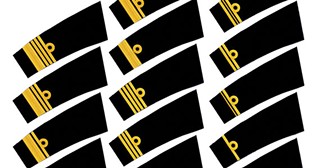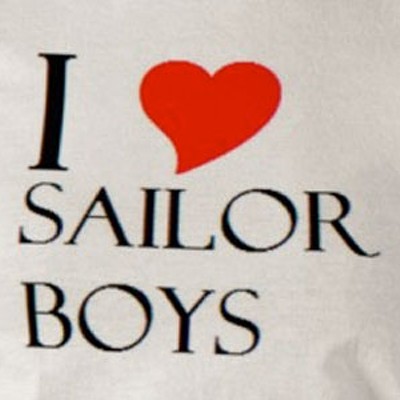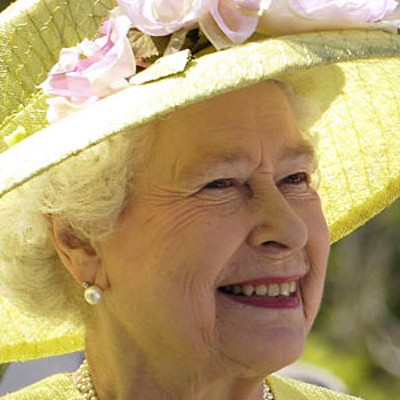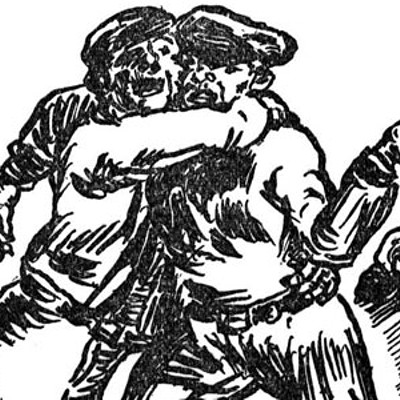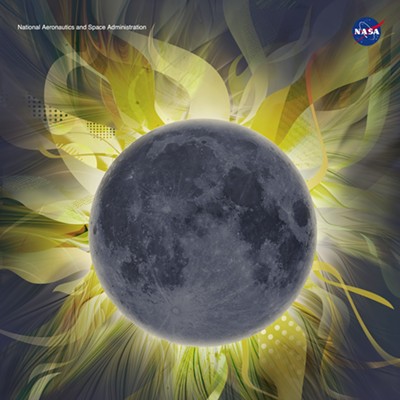This week the city will be hit with a barrage of sailors roaming its streets. Civilians aren't required to know and adhere to any of the ranking positions. We won't be called out for not addressing someone as lieutenant or not giving due respect for the type of lieutenant he or she is, but it's still great to have some idea of who you're dealing with while sidling up to some homesick sailor across the bar. It's a great way to impress, if nothing else.
The first thing to note in the Canadian Navy is that you can recognize a commissioned officer by the stripes, or horizontal bars on their sleeve. The more bars, and the thicker the bars, the higher the rank. This year a loop, the executive curl, has been reinstated at the top of the bars. For years, the executive curl was only used for navy mess dress, but as a part of the centennial celebrations, June 11, the curl came back. This change also affects the rank of commodore up to the rank of admiral (It'll take awhile, though, to make it on all uniforms); the sleeve insignia had one solid bar, but it now has multiple bars, similar to the lower ranking officers.
More important, however, for these higher-ups is their shoulder insignia, which has an image of St. Edward's crown, a crossed sabre and baton and the same number of maple leafs as each ranking would have of bars on their new sleeve insignia.
For the lower ranking officers, one bar represents acting sub-lieutenant, a thin bar, with a thicker executive curl bar above it for sub-lieutenant, two bars for lieutenant, three, with a thin bar in the middle for lieutenant-commander, three for commander and four for captain.
The non-commissioned members and officers have a different type of insignia. You'll recognize the upper ranks by the coat of arms of Canada for the chief petty officer first class rank, the St Edward's Crown with a laurel for the next rank down and the crown without a laurel for the one below that. The lower non-commissioned rankings all have inverted chevrons with the higher ranks having a maple leaf above the chevrons. Three chevrons and a leaf for petty officer second class, two and a leaf for master seaman, two for leading seaman and one for able seaman.
Sailors from other countries generally have very similar insignia, although there are variations. Have an idea of the Canadian system and that's a good starting point for recognizing the rank of other nations. As far as recognizing what country sailors are from, if they don't have a flag somewhere on their uniform, getting familiar with various countries' hats is often a good clue. Also, sometimes sailors from the Commonwealth tradition will have the name of their ship on their cap, and knowing that is another good way to impress with knowledge of their dress.
Check out our Fleet Week events listings!

